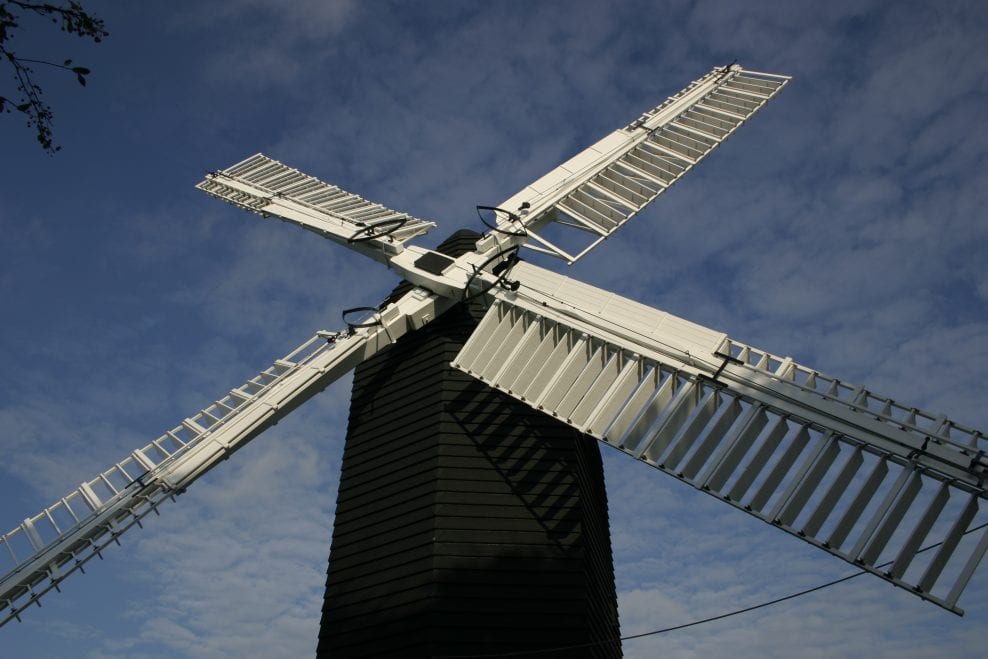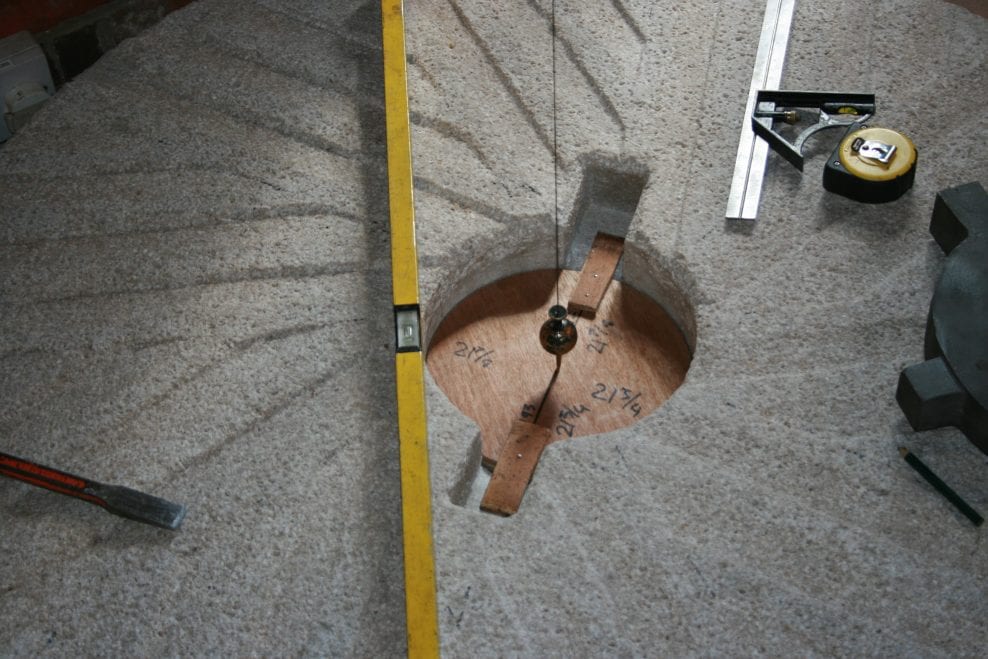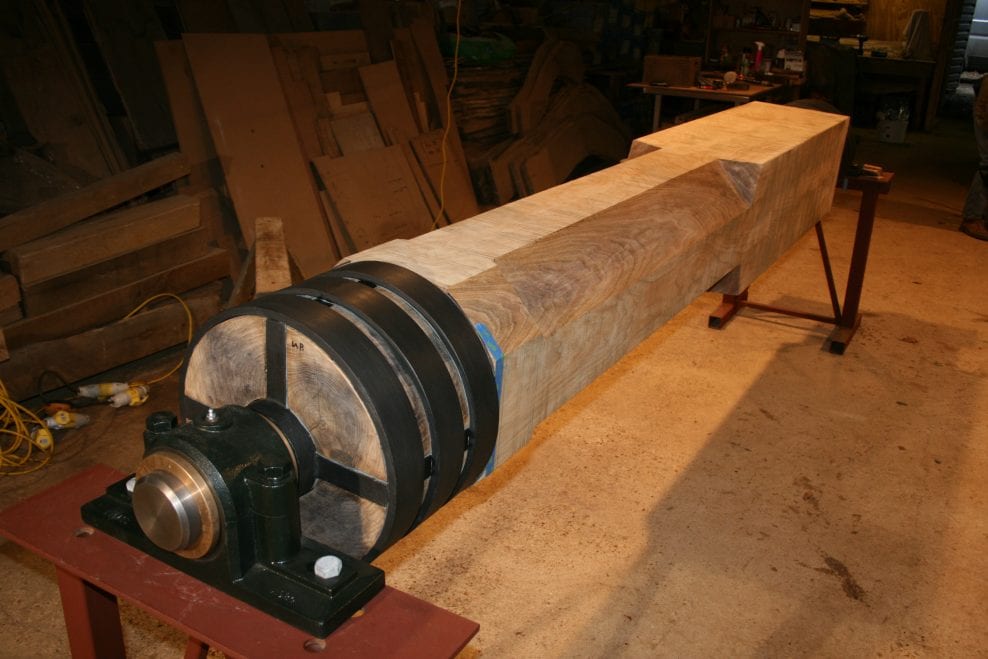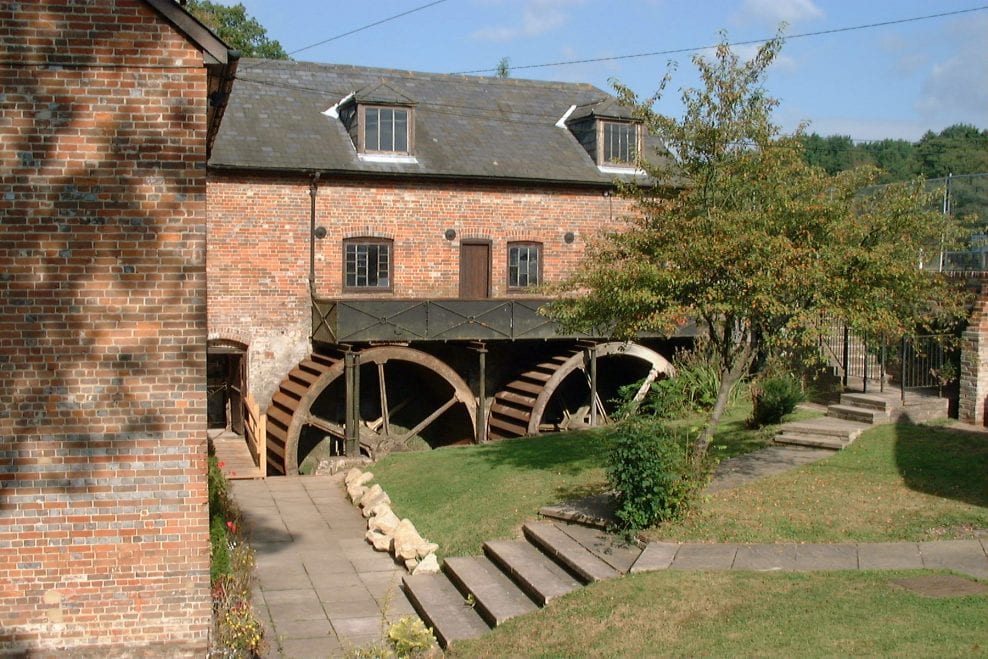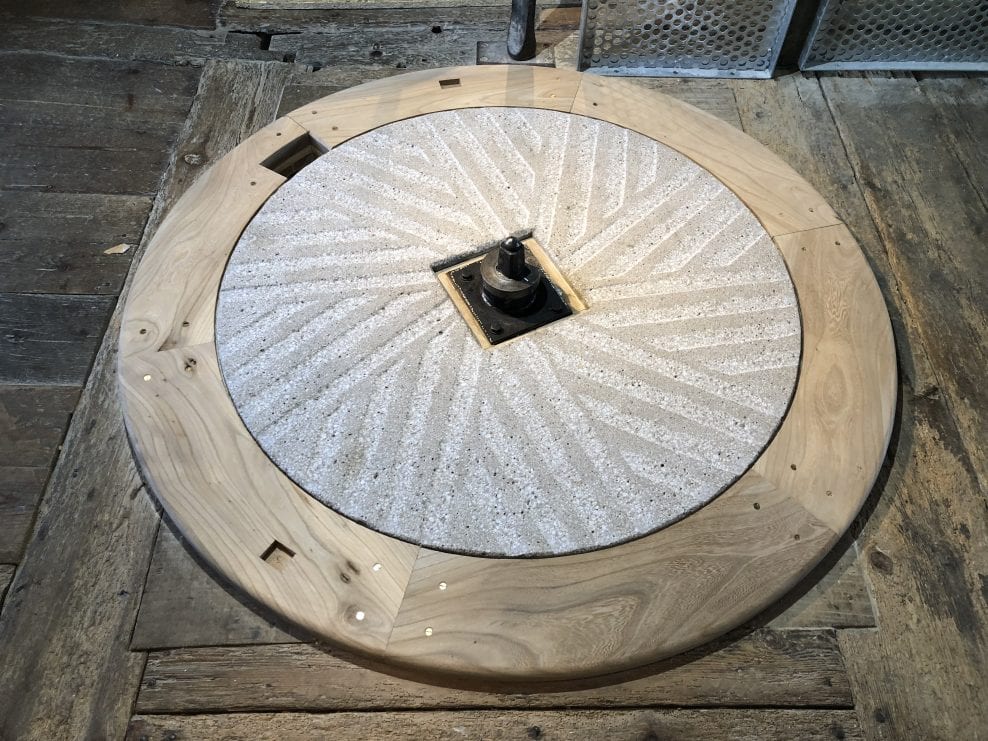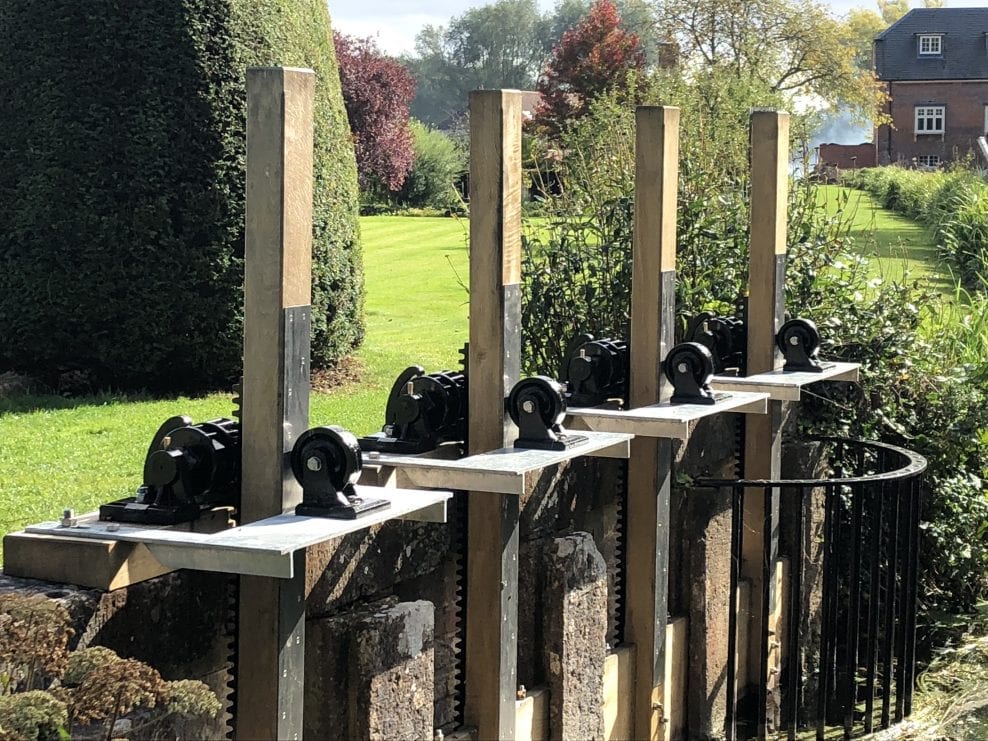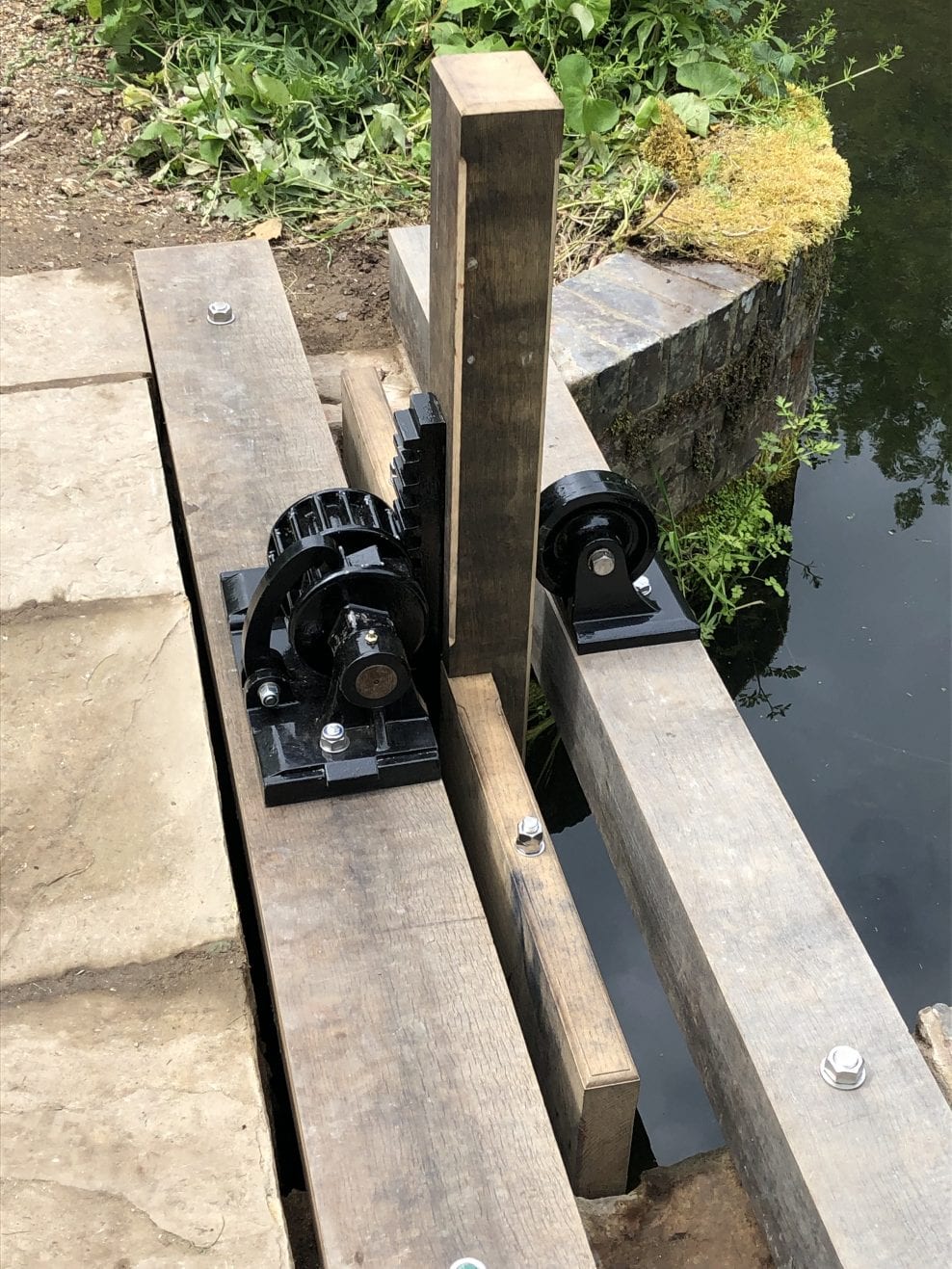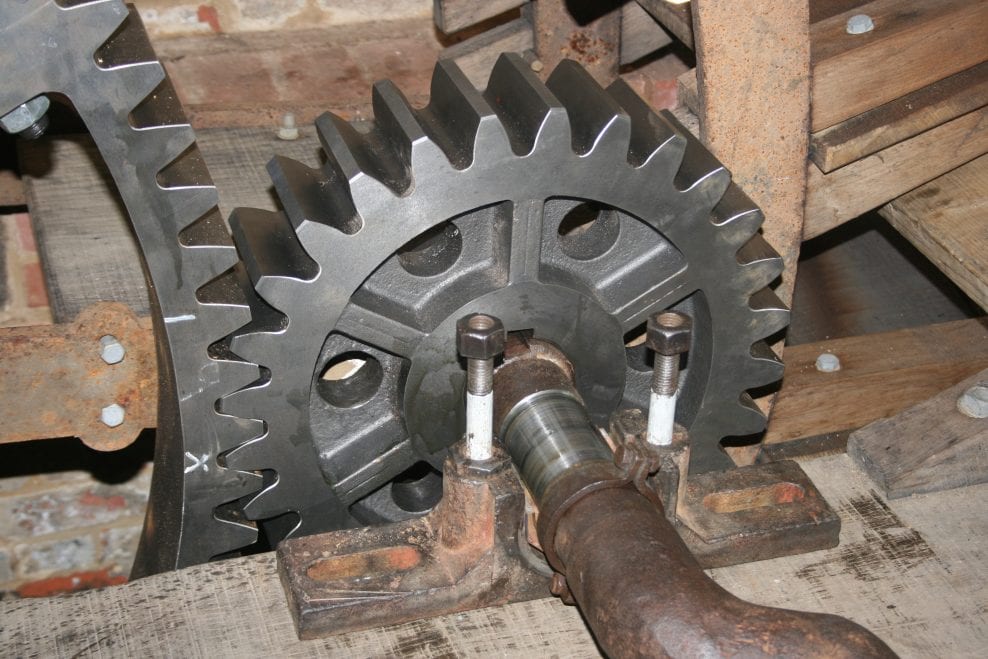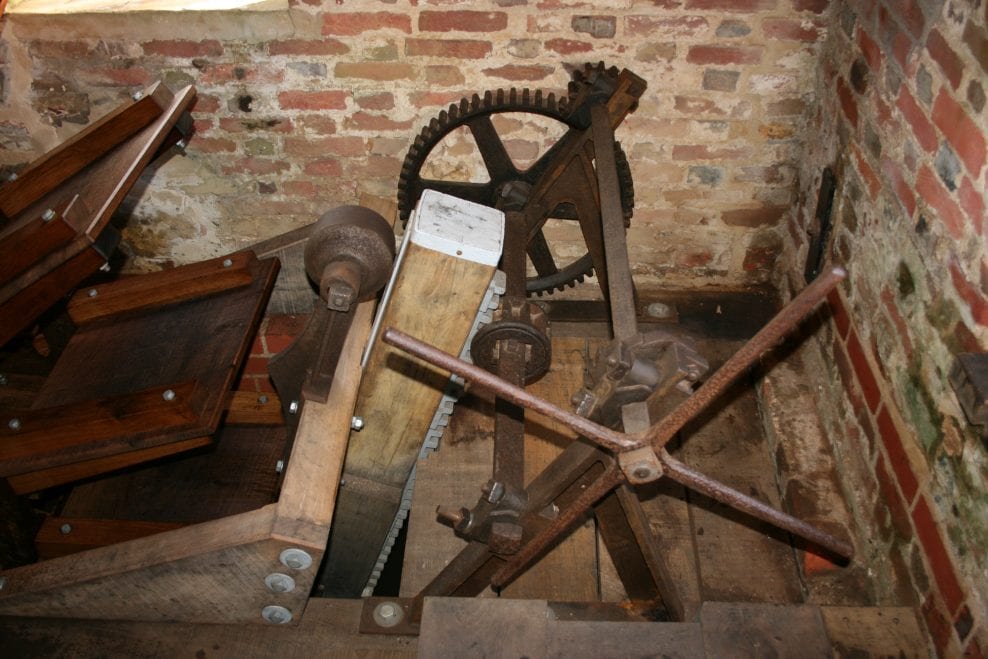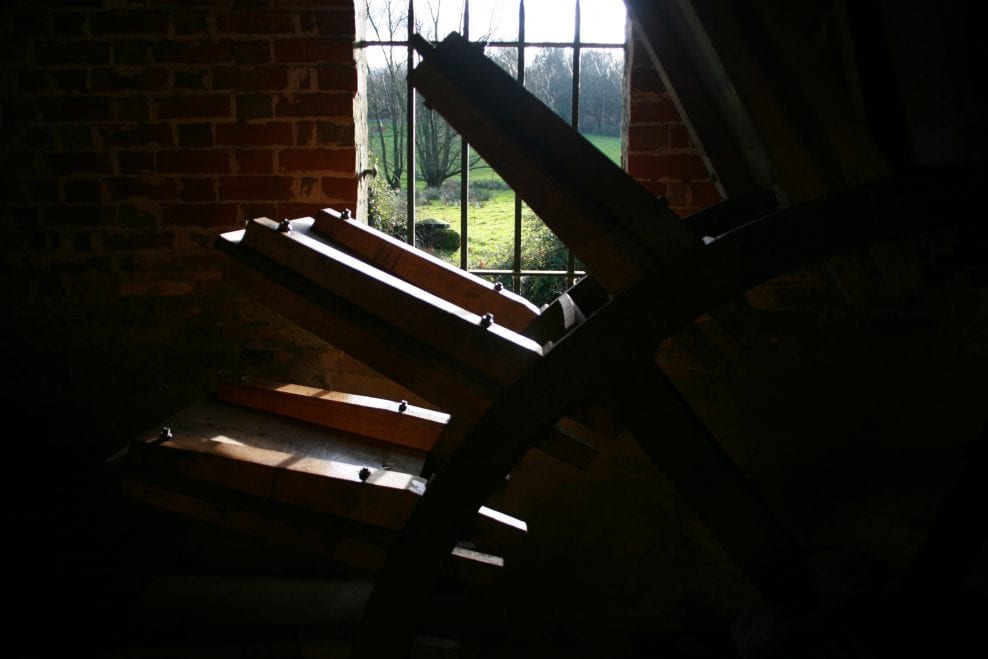Projects
Wind and Watermills
The conservation and repair of traditional wind and watermills has been at the core of Ian Clark Restoration’s activities for more than 40 years
Combining my skills and experiences as both an engineer and conservator underpins my understanding and cultural appreciation of traditional wind and watermills.
From both operational and static viewpoints the challenges encountered within mill conservation are complex and far-reaching.
An informed knowledge of material science and architectural and engineering form and function are essential elements of working as a conservation Millwright but this experience must be underwritten by having a working knowledge of traditional craft-based skills.
My love for mills began with one of my first projects as an apprentice engineer , when I was tasked with disassembling a Victorian waterwheel. Following this, I began to seek out opportunities to expand my knowledge and form a career in conserving heritage engineering.
My work with mills has varied a lot over my career. Some mills I have been working with for over 20 years and I feel my work is a part of their history. One of the more nontraditional projects I undertook was constructing and installing a kinetic bronze artwork waterwheel sculpture in Singapore, which can still be seen today.
Traditionally, a millwright was a craftsman with engineering skills who maintained mills to ensure their efficiency to commercially mill. Repairs would be completed without necessarily considering impact on original material such as the structural fabric or milling machinery. Work was completed without thinking about tradition, conservation or ethics. The repair works were necessary for the efficient running of the business. This is one of the most significant differences between traditional and modern millwrights. In contemporary work, millwrighting takes place in a heritage environment where works need to consider the complexities of listed buildings and mixed-materiel collections. Materials used needs to be chosen dependent on the environment, conservation aspects and historic accuracy rather than what might be quickest or most cost effective.
As long as mills continue to be preserved and operated then millwrighting in some capacity will survive. However this is not guaranteed. With so few learning and employment opportunities the future of millwrighting as a transferable heritage skill is at serious risk of disappearing.
Millwrighting is a niche craft and will remain on the fringes of heritage craft skills. It is somewhat isolated due to its nature – it is only applicable to mills. This is not a negative, it simply illustrates the unique skills and knowledge that is required. There is concern that if new training opportunities are not furthered then the craft could disappear.
Education and outreach must be the two pillars in preserving and teaching millwrighting as a craft. Ideally, an initiative to support this training would be backed by cultural heritage organisations. Other craft skills are also endangered and a resurgence in interest and training is more invaluable now than ever before. Training and employment incentives are also necessary to ensure that the skills taught are practiced and passed on further.
Ian Clark Restoration can support your mill conservation project on many levels
- Condition Surveys & Technical Advice
- Preparation of Technical specifications & Bill of Quantities to support funding or procurement opportunities
- Scheduled maintenance
- Proactive & Reactive Repair & Replacement solutions
- Staff & Volunteer Training
- Preparation of operational and through-life maintenance schedules & Manuals
- Health & Safety Audits & Consultancy
- Report Consultancy for Fund Raising & Cultural Development Opportunities
